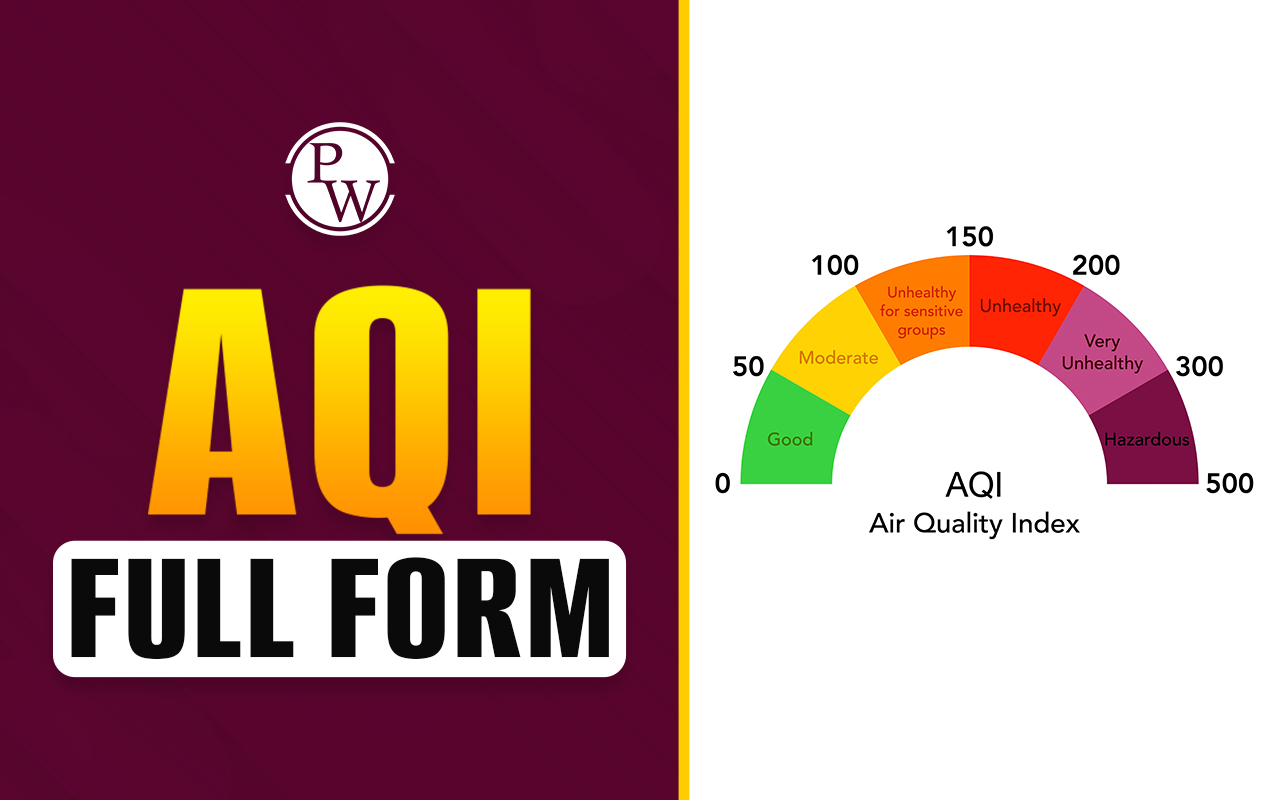

When it comes to preparing for competitive exams, two of the most commonly heard terms are PST and PET. These terms are often used interchangeably, but they actually refer to two separate stages of the physical examination that candidates are required to undergo as part of the selection process.
In this blog, we will discuss the full form of PST and PET, their significance in the selection process, and some tips for candidates to prepare for these physical tests. Let's break down these terms and understand what they mean in the context of competitive exams.
Physical Standard Test (PST)
The Physical Standard Test, as the name suggests, is a physical examination that tests the candidate's physical attributes to see if they meet the required standards for the job. The test is conducted to ensure that candidates are physically fit to perform the duties of the job they are applying for.
The PST generally includes measurements of the candidate's height, weight, chest circumference, and sometimes other physical attributes like vision, hearing, and overall health. The specific requirements for each attribute may vary depending on the exam and the job profile.
For example, in the case of recruitment for the Central Reserve Police Force (CRPF), the height requirement for male candidates is 170 cm, while for female candidates, it is 157 cm. Similarly, the chest requirement for male candidates is 80 cm (unexpanded) and 85 cm (expanded).
Physical Efficiency Test (PET)
The Physical Efficiency Test, on the other hand, is a test that measures the candidate's physical ability to perform tasks required for the job. The PET is designed to assess a candidate's stamina, endurance, and physical fitness levels.
The tasks in the PET may vary depending on the exam and the job profile. Some common tasks include running a certain distance within a specified time, long jump, high jump, and shot put. The PET is conducted to ensure that candidates are physically capable of carrying out the duties required for the job.
For example, in the case of recruitment for the Indian Army, the PET includes running 1.6 km within a specified time limit, and completing a series of jumps, including a long jump and a high jump.
Significance of PST and PET in the Selection Process
The PST and PET are crucial components of the selection process for many competitive exams. These tests are designed to ensure that candidates are physically fit and capable of performing the duties required for the job.
In addition to the physical tests, candidates are also required to clear a written exam and sometimes a medical examination before they can be selected for the job. The PST and PET are used as a screening process to filter out candidates who may not be physically fit or capable of performing the tasks required for the job.
Preparing for PST and PET
Now that we have a better understanding of the significance of the PST and PET, let's take a look at some tips for candidates to prepare for these physical tests.
Understand the requirements
The first step to preparing for the PST and PET is to understand the requirements of the exam and the job profile. Candidates should be aware of the specific height, weight, and chest requirements, as well as the tasks that will be included in the PET.
Start training early
Candidates should start training for the physical tests as early as possible. This will give them enough time to build up their stamina and endurance, and improve their physical fitness levels.
Focus on cardio and strength training
Cardio and strength training are essential for preparing for the PST and PET. Candidates should focus on activities like running, cycling, and swimming for cardio, and weightlifting, push-ups, and pull-ups for strength training.
Maintain a healthy diet
Maintaining a healthy diet is just as important as physical training when it comes to preparing for the PST and PET. Candidates should consume a balanced diet that is rich in protein, complex carbohydrates, and essential nutrients.
Practice the tasks
Candidates should practice the tasks included in the PET to become familiar with the movements and techniques required for each task. This will help them perform better on the day of the exam.
Get enough rest
Rest and recovery are important components of physical training. Candidates should ensure that they get enough rest and sleep to allow their bodies to recover and build up their energy levels.
Stay hydrated
Staying hydrated is crucial for physical fitness. Candidates should drink enough water and electrolyte-rich fluids to stay hydrated and prevent fatigue and dehydration.
Dress appropriately
On the day of the exam, candidates should dress appropriately for the physical tests. They should wear comfortable, loose-fitting clothes and sports shoes that provide good support and traction.
Conclusion
PST (Physical Standard Test) and PET (Physical Efficiency Test) are two important tests used in various industries and organizations to assess physical fitness and abilities. PST is primarily used in law enforcement, firefighting, and other physically demanding professions to ensure that candidates meet minimum physical requirements for the job. PET, on the other hand, is used in sports, military, and other settings to measure physical performance and endurance.
Both tests play a crucial role in ensuring that individuals are physically capable of performing the tasks required for their respective professions. PST helps to ensure that law enforcement and firefighting personnel can safely perform their duties, while PET ensures that athletes and military personnel are physically prepared for the rigors of their respective activities.
In conclusion, PST and PET are essential tests that help to ensure the safety and effectiveness of professionals in their respective fields. These tests provide a standardized way to assess physical fitness and abilities, allowing organizations to select the most capable candidates and maintain high standards of performance.
[wp-faq-schema title=" Full form of PST and PET FAQs" accordion=1]
What is the difference between PST and PET?
Are the requirements for PST and PET the same for all exams?
How long do the physical tests take?
Can candidates who are not physically fit appear for the PST and PET?
Can candidates appear for the PET without clearing the PST?












